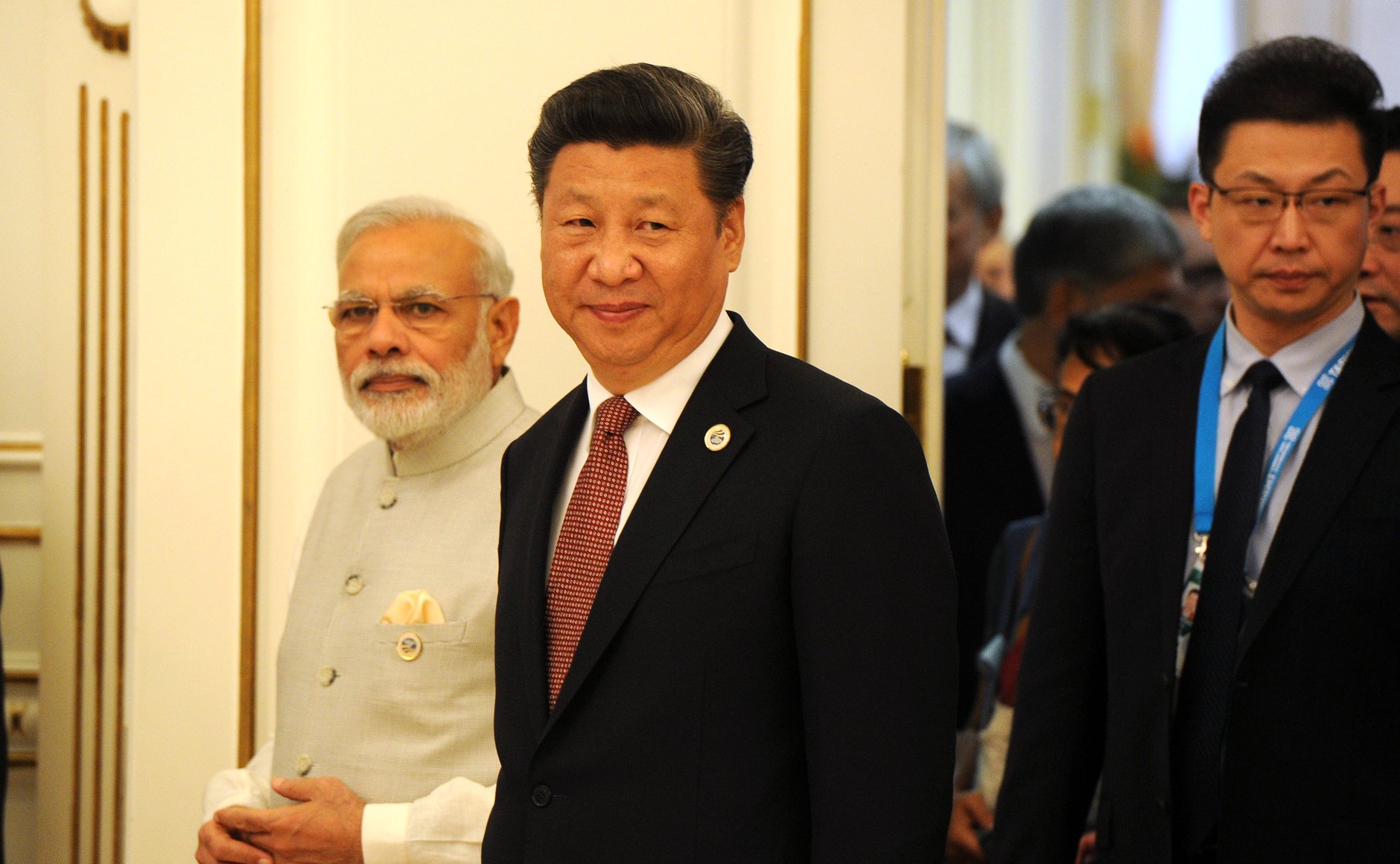UDPATE: As reported on August 28th, India and China have agreed to pull back their troops from a face-off in the Himalayas, just days ahead of the 9th BRICS Summit in Xiamen. While the issue was of course negotiated bilaterally, the summit generated an additional urgency to address the border standoff.
—-
In a bit more than one month, the leaders of Brazil, Russia, India, China and South Africa will gather in the Chinese city of Xiamen for the 9th BRICS Summit. The meeting will be overshadowed by a longstanding border dispute between India and China, which recently saw diplomatic tensions rise between Beijing and New Delhi after the Chinese government began building a road in a disputed area. In a recent meeting among the BRICS countries’ National Security Advisors (NSA), India’s and China’s representatives discussed the topic but failed to reach an agreement.
Since both Xi and Modi cultivate their hawkish reputations domestically, backing down or reaching a compromise is politically risky. That is particularly the case for the Chinese leader, who faces a challenging 19th National Congress of the Communist Party later this year where he will seek to consolidate his power and further isolate his opponents.
As a consequence, political observers from around the world, but particularly in the West, will write articles ahead of the summit which question the usefulness of the BRICS concept. “BRICS without mortar”, “Farewell to the BRICS“, “BRICS destined to disintegrate”, “The BRICS idea has run its course” are the kinds of headlines that will appear in mainstream newspapers such as the Financial Times, The Economist and the Washington Post. Such articles have been published for almost a decade, usually predicting the grouping’s imminent demise. Seen from Washington or Brussels, the thought of five traditionally peripheral countries from different parts of the world teaming up always seemed either nonsensical, outlandish or dangerous.
Yet contrary to such expectations, BRICS member countries not only maintained their yearly summits, but decided to institutionalize in order to strengthen ties between them in many different areas. Joint initiatives include a broad range of issues, such as the creation of a development bank, stronger cooperation in the fight against tax evasion, art festivals and — as mentioned above — yearly meetings of the five countries’ national security advisors. China is not the most important trading partner of all the other member countries, and formerly superficial relationships are beginning to gain substance. For example, Brazil and Russia have signed a visa waiver program, and ties between each country’s academic community have increased markedly (through from a low base).
From the very beginning, it was obvious that the BRICS countries would never agree on everything — yet this was never their goal. Rather, the grouping allows member countries to identify potential areas of cooperation, as was the case in 2009, when they jointly — and successfully — pushed for reforms in the international financial institutions. Equally important, it provides a platform that can be used to discuss disagreements, such as South Africa’s and Brazil’s worries about the growing asymmetries in their trade relationship with China. The India-China border dispute is yet another example that shows how important the BRICS grouping has become. Asia is the region with the world’s lowest institutional density, opportunities such as the BRICS’ NSA meetings are less frequent than most would assume. Particularly when nationalist fervor runs high, merely inviting the other side for a meeting to discuss the matter can be interpreted as a sign of weakness. In such instances, there is nothing better than a long-scheduled meeting that offers a low-cost opportunity to continue talking. In addition, the BRICS grouping is one of the few outfits that forces Indian and Chinese policy makers to work together on numerous issues, thus creating personal relationships that can matter greatly in moments of tension.
As a senior Russian diplomat pointed out to me in Moscow last year, “if the BRICS grouping helps reduce the risk of war between China and India just a little bit, it will have been worth all the effort over the past decade to help institutionalize the group.” Indeed, after private conversations on the margins of the BRICS NSA meeting last week, the Times of India titled, “Beijing sends conciliatory signals after Doval’s first meeting with his Chinese counterpart Yang Jiechi“. While a lasting solution is unlikely to be found for now, desescalation, it seems, is possible.
Asia is yet again becoming the world’s economic and political center, and its capacity to overcome difficult moments such as the current one will have a profound impact on the rest of the international community. In this context, the BRICS platform can make an important contribution.
Read also:
Why the BRICS grouping still matters (The Conversation)
BRICS’ New Development Bank announces 5-year strategy
What to look out for in the run-up to the 9th BRICS Summit in Xiamen









